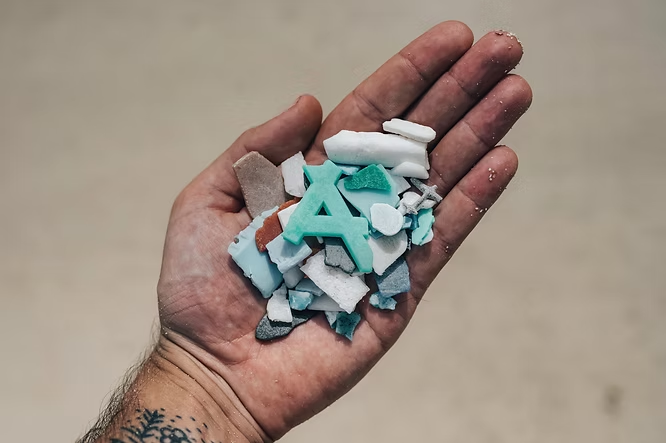Microplastics as Vectors for Pathogens
Tiny pieces of plastic in the ocean may transport fecal pathogens, potentially spreading disease in marine environments. A recent study in Scientific Reports highlights this previously overlooked risk, linking plastic pollution to pathogen transmission in seawater.
Study Overview
Researchers experimentally combined three fecal pathogens—Toxoplasma gondii, Cryptosporidium parvum, and Giardia enterica—with microplastics, including microbeads and microfibers, in seawater. They found that pathogens adhered to the plastic and survived, resulting in much higher concentrations per gram of plastic than in surrounding water.
Implications for Marine Species and Humans
- Microplastics can serve as carriers for pathogens, potentially infecting seafood species.
- Humans consuming contaminated seafood could be exposed to these pathogens.
- The study highlights T. gondii, C. parvum, and G. enterica as underestimated contributors to shellfish-borne illnesses.
Environmental Context
Microplastics are more prevalent than macroplastics, arising from breakdown of larger debris or synthetic fabrics. Unlike visible trash, their health impacts are less obvious, making detection and mitigation challenging. Iconic images of marine animals entangled in plastic have already raised awareness of macroplastic issues, but microplastics now appear to carry additional hidden risks.
Expert Perspectives
Mary Donahue, marine mammal physiological ecologist at the University of Hawai‘i, emphasizes the public health concern, noting the intersection of microplastics and pathogenic parasites should alarm beachgoers and conservationists alike.
Karen Shapiro of UC Davis stresses that linking plastics to disease provides a stronger incentive to reduce pollution. Microplastics act as a medium for germs, ultimately affecting water quality and food safety.
Future Research Directions
The researchers aim to investigate whether pathogen-coated plastics can travel across oceans while remaining infectious. Understanding the global movement and persistence of these particles could help assess risks to both marine ecosystems and human populations.
Conclusion
This study uncovers a novel danger of microplastics, showing that they are not only environmental pollutants but also potential vectors for harmful pathogens. These findings highlight the urgent need to manage plastic pollution to protect marine life and safeguard public health.

